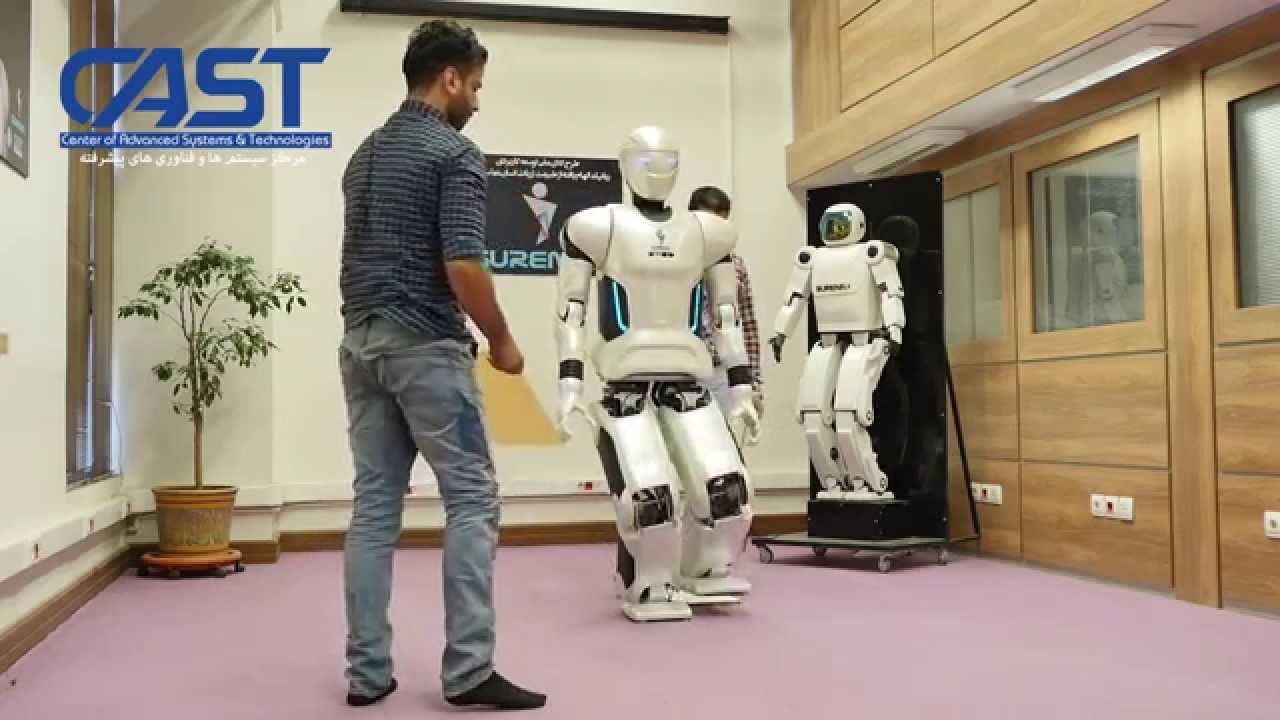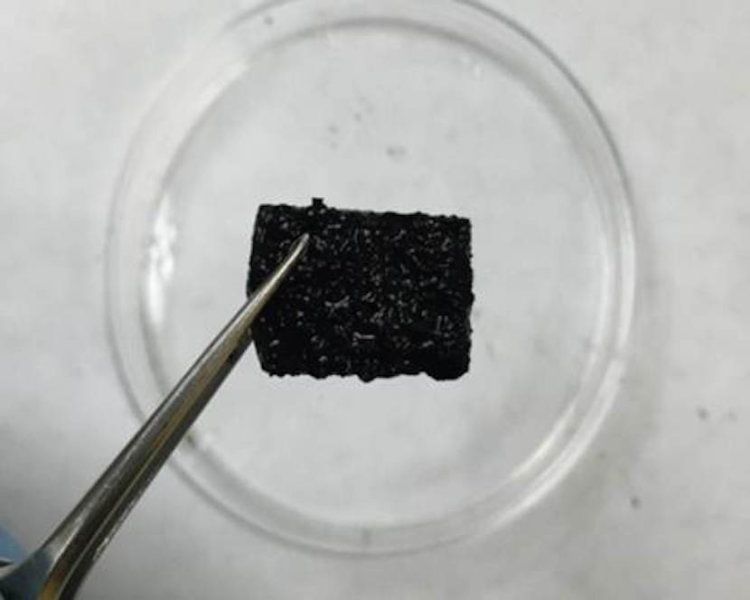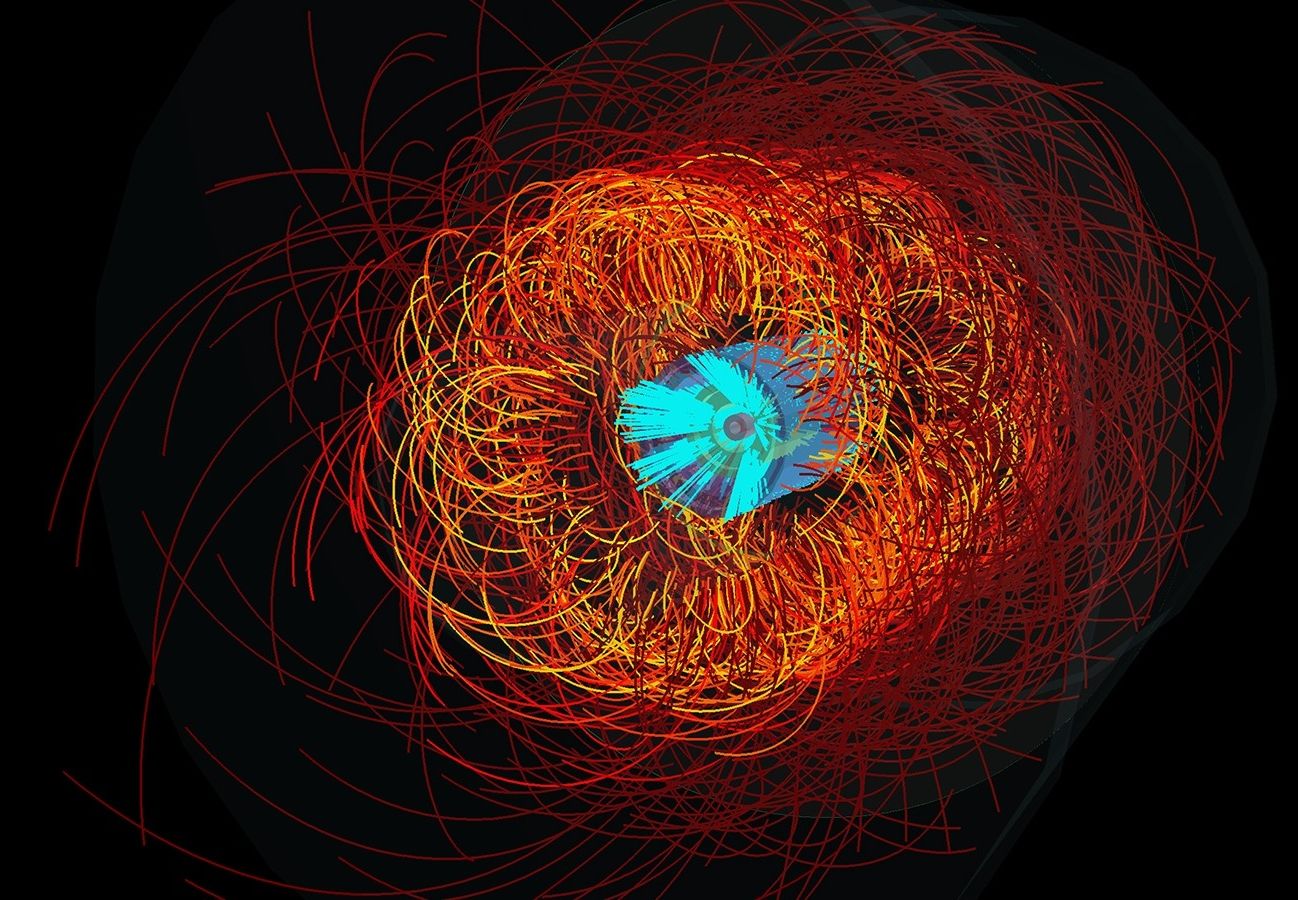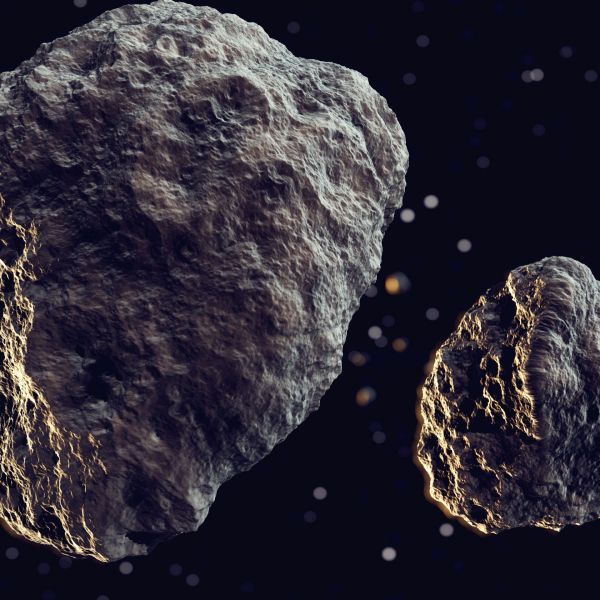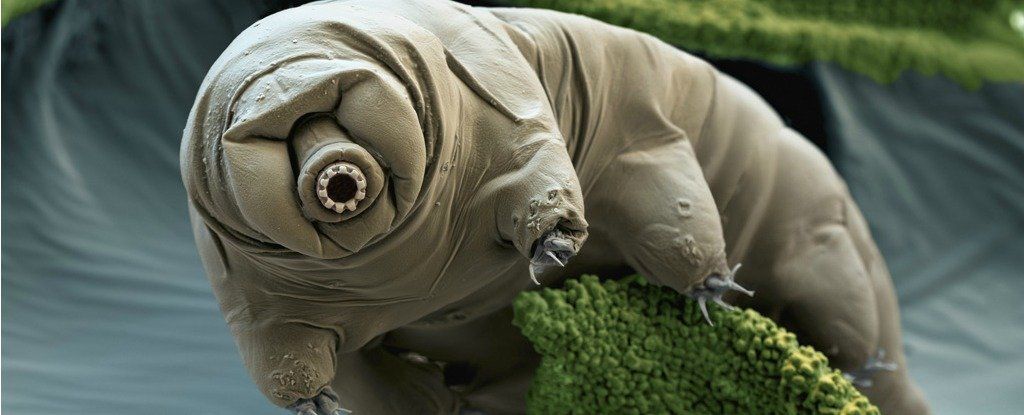Page 10775
Nov 26, 2015
New study finds that teaching is not essential for people to learn to make effective tools
Posted by Matthew Holt in categories: education, engineering, space
Well if we do have a major SHTF event even though we don’t have many skilled tool makers any more. Then at least the remains of society should be able to teach itself tool making.
A new study from the University of Exeter has found that teaching is not essential for people to learn to make effective tools. The results counter established views about how human tools and technologies come to improve from generation to generation and point to an explanation for the extraordinary success of humans as a species. The study reveals that although teaching is useful, it is not essential for cultural progress because people can use reasoning and reverse engineering of existing items to work out how to make tools.
The capacity to improve the efficacy of tools and technologies from generation to generation, known as cumulative culture, is unique to humans and has driven our ecological success. It has enabled us to inhabit the coldest and most remote regions on Earth and even have a permanent base in space. The way in which our cumulative culture has boomed compared to other species however remains a mystery.
Nov 26, 2015
US electrical grid can’t affordably store enough standby electricity to keep the system stable, says researcher
Posted by Shailesh Prasad in categories: solar power, sustainability
A common criticism of a total transition to wind, water and solar power is that the US electrical grid can’t affordably store enough standby electricity to keep the system stable. Now a researcher proposes an underground solution to that problem.
Nov 26, 2015
New ‘self-healing’ gel makes electronics more flexible
Posted by Shailesh Prasad in categories: electronics, energy, materials
Researchers in the Cockrell School of Engineering at The University of Texas at Austin have developed a first-of-its-kind self-healing gel that repairs and connects electronic circuits, creating opportunities to advance the development of flexible electronics, biosensors and batteries as energy storage devices.
Although technology is moving toward lighter, flexible, foldable and rollable electronics, the existing circuits that power them are not built to flex freely and repeatedly self-repair cracks or breaks that can happen from normal wear and tear.
Until now, self-healing materials have relied on application of external stimuli such as light or heat to activate repair. The UT Austin “supergel” material has high conductivity (the degree to which a material conducts electricity) and strong mechanical and electrical self-healing properties.
Nov 26, 2015
Russian 3D-bioprinted thyroid gland implant proves functional in mice
Posted by Shailesh Prasad in categories: 3D printing, biotech/medical
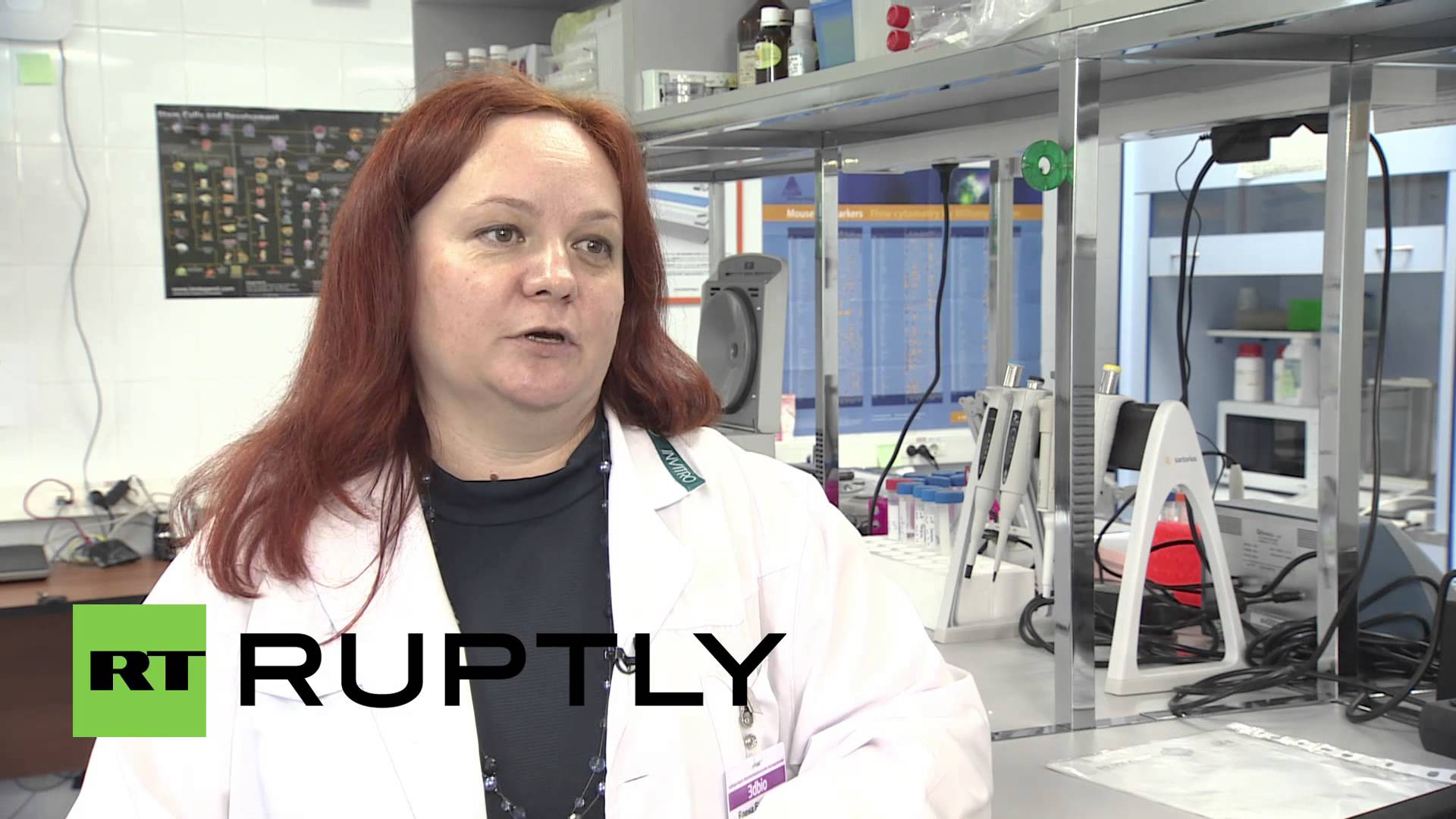
A Moscow laboratory has conducted the first successful organ translation using a unique Russian 3D-printing technology. The breakthrough could potentially help millions suffering from thyroid disorders – and paves the way for printing other human organs.
The thyroid, a butterfly-shaped gland in the neck, can have a dramatic impact on a huge variety of human bodily functions. The groundbreaking operation, thus far only in rodents, was performed by a team from the 3D Bioprinting Solutions Laboratory in the Russian capital some three months ago.
Physicists will collide lead ions to replicate and study the embryonic universe.
11/24/15.
New York Times.
Nov 26, 2015
New Generation Gamma-Ray Spectroscope Can Detect Hidden Minerals in Asteroids
Posted by Andreas Matt in categories: innovation, space
This breakthrough technology is great for both asteroid mining and determining whether an asteroid poses a threat to our planet.
Nov 26, 2015
Spherical Underwater ‘Fish Tower’ Skyscraper Recycles Debris from the Great Pacific Garbage Patch
Posted by Montie Adkins in category: governance
I love seasteading art. This one concerns garbage clean up but it’s not hard to see it could be lived in. A Bernal Sphere underwater despite this design having the top above surface. If the whole thing can be done underwater then perhaps one day colonizing Europa could become a reality.
The Plastic Fish Tower, by the South Korean team of Kim Hongseop, Cho Hyunbeom, Yoom Sunhee and Yoom Hyungsoo, was awarded honorable mention in Evolo’s skyscraper contest.
Nov 26, 2015
Zeoform: A New Plastic That Turns Hemp Into Almost Anything
Posted by Shailesh Prasad in categories: energy, materials
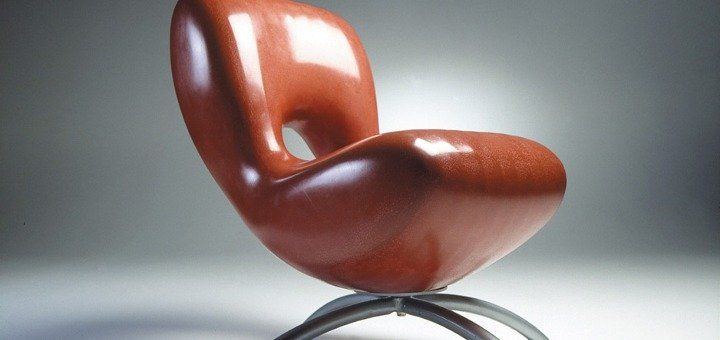
A new type of plastic removes the need for fossil fuels and toxic chemicals, replacing it with a simple mixture of hemp and water.
Nov 25, 2015
The tardigrade genome has been sequenced, and it has the most foreign DNA of any animal
Posted by Matthew White in categories: biotech/medical, food, life extension, space
Scientists have sequenced the entire genome of the tardigrade, AKA the water bear, for the first time. And it turns out that this weird little creature has the most foreign genes of any animal studied so far – or to put it another way, roughly one-sixth of the tardigrade’s genome was stolen from other species. We have to admit, we’re kinda not surprised.
A little background here for those who aren’t familiar with the strangeness that is the tardigrade – the microscopic water creature grows to just over 1 mm on average, and is the only animal that can survive in the harsh environment of space. It can also withstand temperatures from just above absolute zero to well above the boiling point of water, can cope with ridiculous amounts of pressure and radiation, and can live for more than 10 years without food or water. Basically, it’s nearly impossible to kill, and now scientists have shown that its DNA is just as bizarre as it is.
So what’s foreign DNA and why does it matter that tardigrades have so much of it? The term refers to genes that have come from another organism via a process known as horizontal gene transfer, as opposed to being passed down through traditional reproduction.
